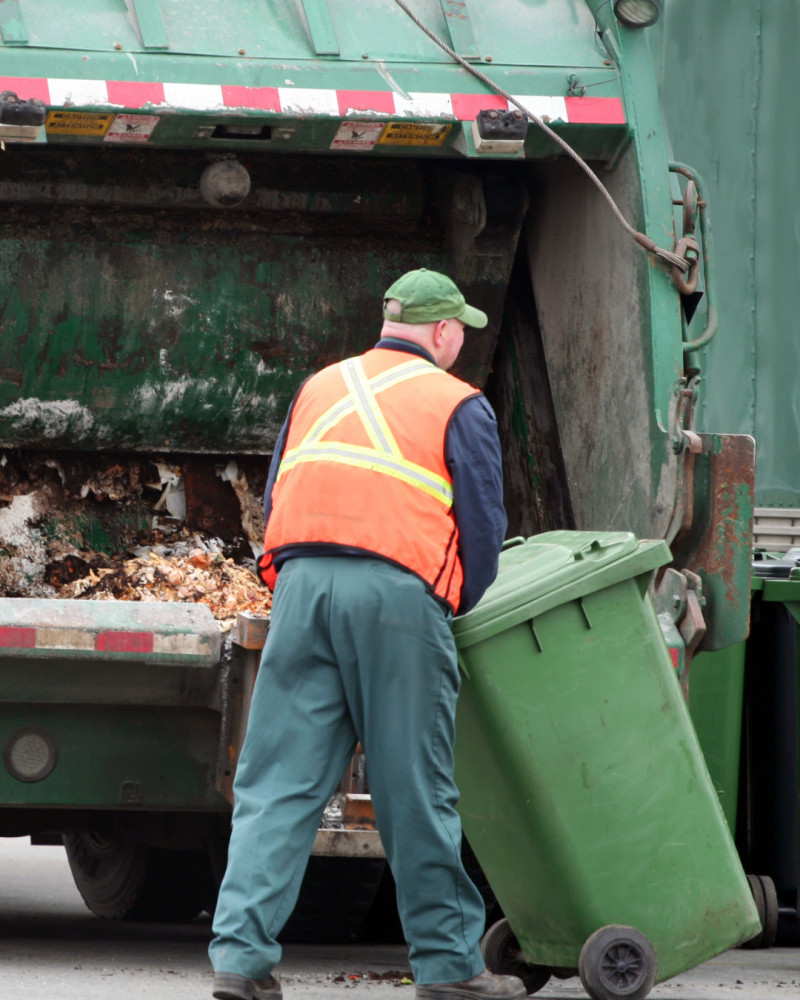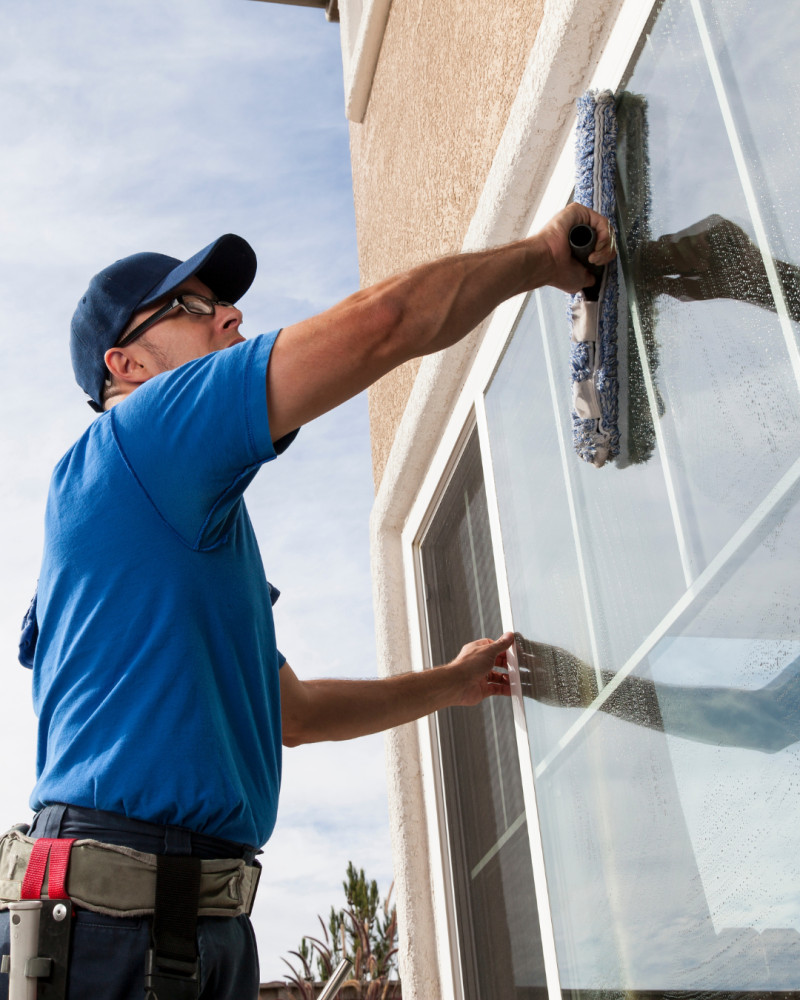♻️ The Future of Waste Removal: Emerging Trends and Technologies
The world generates over 2 billion tons of waste each year, and that number is expected to rise. But with growing awareness of environmental issues and rapid technological advancements, the waste removal industry is undergoing a major transformation.
From smart bins and AI-driven sorting to zero-waste initiatives and circular economies, the future of waste removal is cleaner, smarter, and more sustainable.
In this post, we explore the emerging trends and technologies reshaping how we manage waste—and what they mean for homeowners, businesses, and the planet.
🚛 1. Smart Waste Management Systems
Technology is making waste collection more efficient than ever.
🔹 IoT-Enabled Bins
Smart bins equipped with sensors can detect fill levels, sort materials, and even notify waste collection services when they’re ready for pickup. This reduces:
Missed collections
Overflowing bins
Unnecessary trips by collection trucks
🔹 Data-Driven Route Optimization
With GPS and real-time data, waste removal companies can:
Optimize collection routes
Reduce fuel consumption
Lower operational costs
Improve response time during peak periods
🤖 2. AI and Robotics in Waste Sorting
One of the biggest challenges in recycling is contamination—non-recyclable items mixed in with recyclables. Artificial intelligence and robotics are stepping in to fix that.
🔹 Automated Sorting Facilities
AI-powered systems use computer vision to recognize and separate different types of materials (plastic, paper, metal, etc.) at high speeds, increasing accuracy and efficiency.
🔹 Robotic Arms
Advanced robotic arms can sort waste 24/7, outperforming human workers in repetitive tasks, and improving safety in hazardous environments.
🌍 3. Zero-Waste and Circular Economy Movements
Governments, businesses, and individuals are shifting from a "take, make, dispose" model to a "reduce, reuse, recycle" approach.
🔹 Zero-Waste Initiatives
Cities and companies are adopting zero-waste goals—aiming to divert 90–100% of waste from landfills through:
Composting
Recycling
Product redesign
🔹 Circular Economy Practices
The circular economy emphasizes keeping materials in use for as long as possible, by:
Designing products for disassembly and reuse
Creating marketplaces for refurbished goods
Turning waste into resources (e.g., bioplastics, fuel from waste)
🔋 4. Waste-to-Energy (WTE) Innovations
Instead of sending trash to landfills, some regions are using it to generate electricity, heat, or fuel.
🔹 Incineration with Energy Recovery
Modern incinerators capture heat from burning waste and convert it into electricity. Advanced emissions control technology makes this cleaner than in the past.
🔹 Anaerobic Digestion
Organic waste (like food scraps) can be broken down by bacteria in oxygen-free environments to produce biogas—a renewable energy source.
🔍 Note: While WTE is not a silver bullet, it plays a key role in managing non-recyclable waste sustainably.
🚮 5. Decentralized and On-Demand Waste Services
Just as ride-sharing revolutionized transportation, on-demand and app-based waste services are changing how consumers interact with waste removal.
Examples:
App-based junk removal and e-waste pickup
Subscription recycling services for hard-to-recycle items (like batteries, textiles, or electronics)
Localized composting hubs for urban areas
These services offer convenience and flexibility while promoting responsible disposal habits.
🌱 6. Eco-Friendly Packaging & Material Innovation
Reducing waste at the source is one of the most impactful changes. The future is leaning toward materials that decompose naturally or can be reused endlessly.
Trends to Watch:
Compostable packaging from plant fibers, seaweed, or mushrooms
Reusable delivery containers for groceries and takeout
Recyclable plastics made from CO₂ or algae
Biodegradable electronics in development
As businesses adopt these alternatives, waste removal needs and strategies will evolve with them.
🔮 Looking Ahead: What This Means for You
Whether you’re a homeowner, a business owner, or part of a local government, these trends offer real opportunities:
For homeowners: Smart bins and better recycling options make it easier to reduce your footprint.
For businesses: Sustainable waste strategies are becoming essential for compliance and brand image.
For municipalities: Investing in smart infrastructure leads to long-term cost savings and environmental benefits.
✅ Conclusion: A Cleaner, Smarter Future
The future of waste removal is not just about getting rid of trash—it’s about rethinking the entire lifecycle of materials. With new technologies and a growing focus on sustainability, we’re entering a new era where waste is seen not as a problem, but as a resource.
By embracing innovation and changing our habits today, we can build a cleaner, more circular future for tomorrow.
Interested in modern waste solutions for your home or business? Contact us today to learn more about sustainable waste removal and recycling services in your area.



